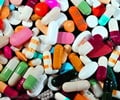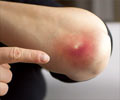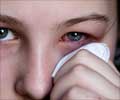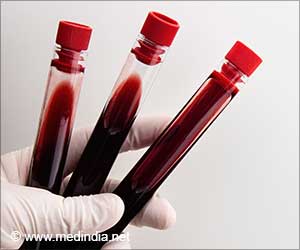A synthesized antibiotic has the capability of kill antibiotic resistant superbugs and treat infections.
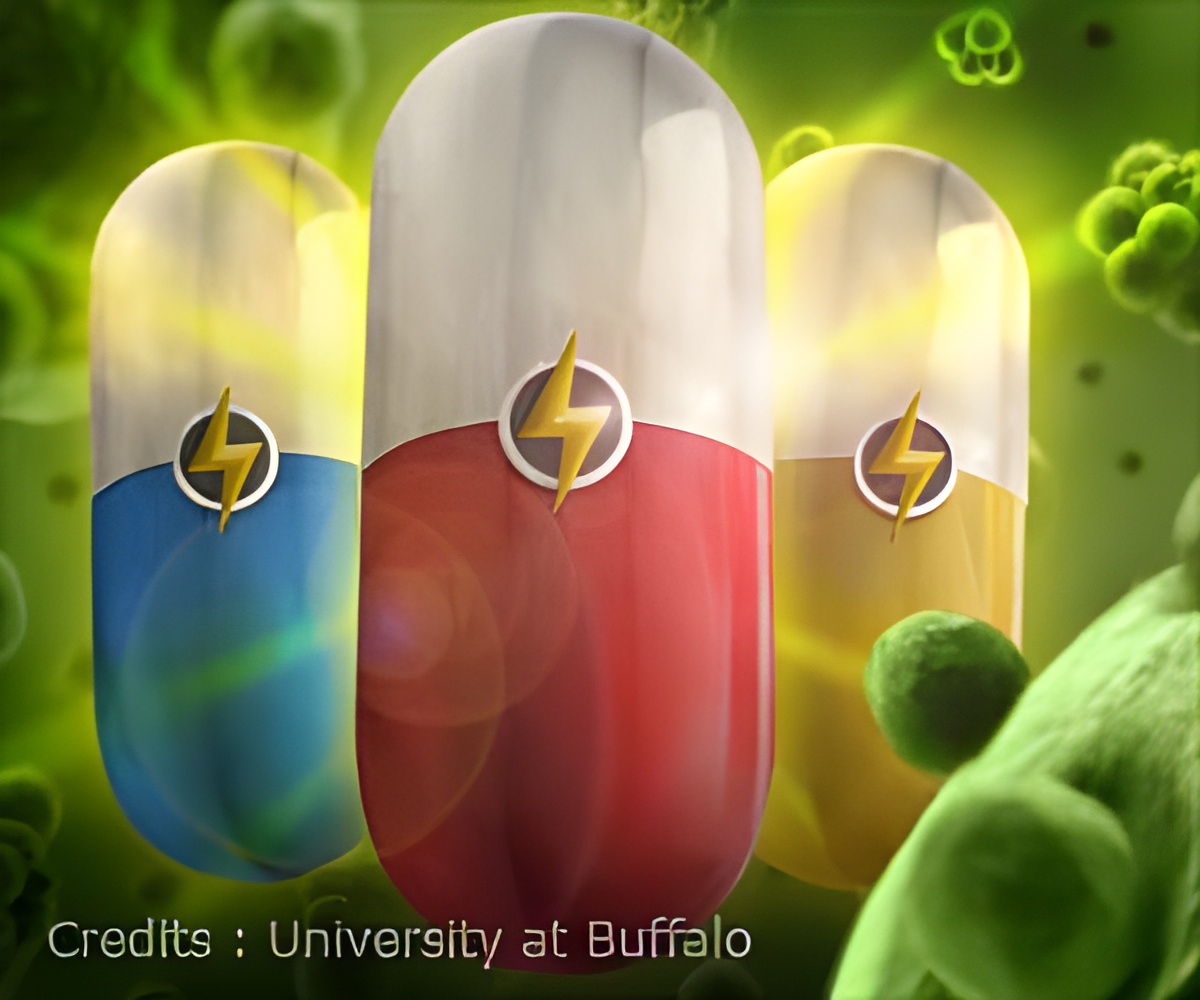
‘A synthesised form of antibiotic teixobactin can kill superbugs including antibiotic resistant pathogens such as MRSA and VRE.’





Scientists from the University of Lincoln, UK, have now successfully created a simplified, synthesised form of teixobactin which has been used to treat a bacterial infection in mice, demonstrating the first proof that such simplified versions of its real form could be used to treat real bacterial infection as the basis of a new drug. The team at Lincoln developed a library of synthetic versions of teixobactin by replacing key amino acids at specific points in the antibiotic's structure to make it easier to recreate. After these simplified synthetic versions were shown to be highly potent against superbug-causing bacteria in vitro - or test tube -- experiments, researchers from the Singapore Eye Research Institute (SERI) then used one of the synthetic versions to successfully treat a bacterial infection in mice.
As well as clearing the infection, the synthesised teixobactin also minimised the infection's severity, which was not the case for the clinically-used antibiotic, moxifloxacin, used as a control study. The findings are published in the Journal of Medicinal Chemistry.
It has been predicted that by 2050 an additional 10 million people will succumb to drug resistant infections each year. The development of new antibiotics which can be used as a last resort when other drugs are ineffective is therefore a crucial area of study for healthcare researchers around the world.
Dr Ishwar Singh, a specialist in novel drug design and development from the University of Lincoln's School of Pharmacy, said: "Translating our success with these simplified synthetic versions from test tubes to real cases is a quantum jump in the development of new antibiotics, and brings us closer to realising the therapeutic potential of simplified teixobactins.
Advertisement
"A significant amount of work remains in the development of teixobactin as a therapeutic antibiotic for human use -- we are probably around six to ten years off a drug that doctors can prescribe to patients -- but this is a real step in the right direction and now opens the door for improving our in vivo analogues."
The work builds on the success of the Lincoln team's pioneering research to tackle antimicrobial resistance over the past 22 months to turn teixobactin into a viable drug. The team will now develop a bigger library of simplified synthetic versions which can be used is a diverse number of applications, advancing the goal of a clinical drug.
Source-Eurekalert

